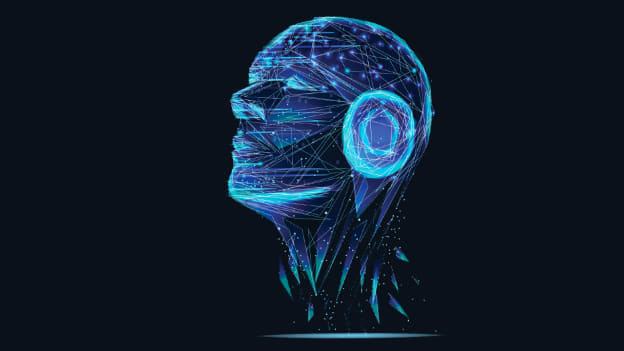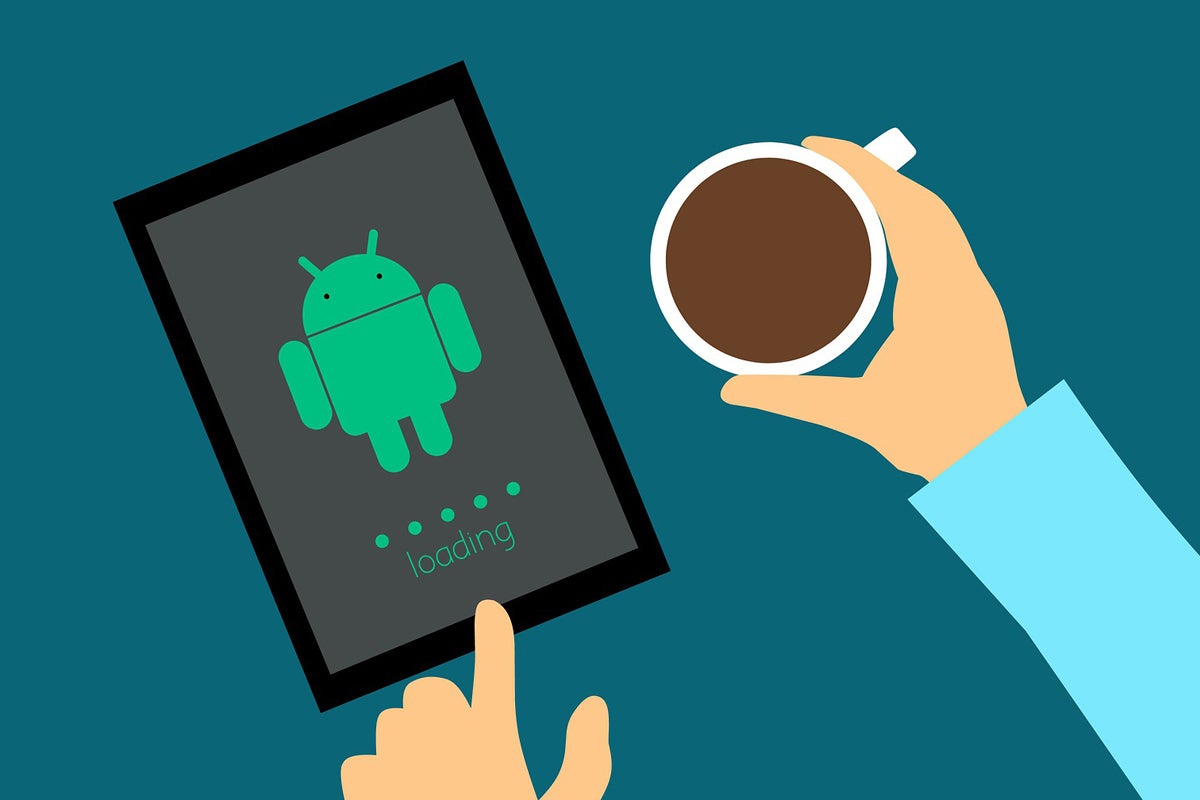Tips on Digital Adoption and Transformation from Tesla

Pushback by people resistant to change regardless of the potential value of
the ideas or technology can stall adoption, Davies said. The friction can come
from a refusal to part ways with familiar, comfortable methods. Such
reluctance may be reinforced by a lack of awareness of features and
functionality, she said, found in the innovations being introduced. To get
teams on board with change, Davies said it is essential to show them the new
technology is better than what they already use. “This was Tesla’s strategy
when introducing a huge transformation with electric cars,” she said. The same
strategy used to get consumers to consider migrating from internal combustion
engines to electric vehicles can be applied, Davies said. Common presumptions
about electric cars painted them as slow, ugly, and limited on range. When
Tesla unveiled the first Roadster, the company promoted its visual aesthetics
and performance, she said, capable of accelerating from 0-60mph in 3.7 seconds
and with an operational range of 245miles on a full charge, “This car was a
critical step in the digital transformation to electric cars,” Davies said.
Please, Keep Artificial Intelligence From Becoming Another Out-Of-Touch Bureaucracy

AI inherently operates just like bureaucracies, he adds. “The essence of
bureaucracy is to favor rules and procedures over human judgment. And if human
judgment is not kept in the loop, AI will bring a terrifying form of new
bureaucracy — I call it ‘algocracy,’ where AI will take more and more critical
decisions by the rules outside of any human control.” The results of
bureaucratic algocracy could be devastating — affecting university admissions,
aircraft performance, or supply chain issues when a crisis hits. That’s why
there needs to be humans providing input into AI decisions. It should be added
that it takes humans to design forward-thinking processes and companies —
tools such as AI are only that — tools that will help make things happen. As
with many technology innovations, it often gets assumed that by dropping AI
into a moribund, calcified organisation, insights and profitability will
magically clear things up. AI should serve as “augmented” intelligence to
support human decision-making — not the other way around.
Walmart Employees Are Out to Show Its Anti-Theft AI Doesn't Work

In an effort to refute the claims made in the Business Insider piece, the
Concerned Home Office Associates created a video, which purports to show
Everseen’s technology failing to flag items not being scanned in three
different Walmart stores. Set to cheery elevator music, it begins with a
person using self-checkout to buy two jumbo packages of Reese’s White Peanut
Butter Cups. Because they’re stacked on top of each other, only one is
scanned, but both are successfully placed in the bagging area without issue.
The same person then grabs two gallons of milk by their handles, and moves
them across the scanner with one hand. Only one is rung up, but both are put
in the bagging area. They then put their own cell phone on top of the machine,
and an alert pops up saying they need to wait for assistance—a false positive.
“Everseen finally alerts! But does so mistakenly. Oops again,” a caption
reads. The filmmaker repeats the same process at two more stores, where they
fail to scan a heart-shaped Valentine’s Day chocolate box with a puppy on the
front and a Philips Sonicare electric toothbrush. At the end, a caption
explains that Everseen failed to stop more than $100 of would-be theft.


How AI is transforming recruitment and hiring

Traditionally the recruiter is the person who sources the resume from
various sources. This is a time-consuming process, and is also prone to
human errors. There are many tools available today that can match your job
description to resumes on recruitment portals and help you build a database
of the most relevant candidates. These AI-powered tools use pattern matching
algorithms to make sure the resume is a close match to that of the job
description. They typically use AI and pattern matching algorithms to match
resumes to job descriptions. For example, if the recruiter is looking
for a marketing professional with 3-5 years of experience with a salary of
Rs 12, 00,000 per annum who stays within 10 km of their office, the standard
search may throw up 30 candidates. However, using AI, the software is
capable of suggesting that if the experience desired is increased to 6 years
and the salary to Rs 15, 00,000, there would be 50 candidates ideal for the
profile. This data is useful to recruiters who need to understand where to
get the maximum best-suited candidates from. This results in the elimination
of manual efforts and a significant reduction in the number of unsuitable
candidates, thus improving the process.
Singapore researchers tapping quantum cryptography to enhance network encryption

ST Engineering's president of cybersecurity systems group, Goh Eng Choon,
said: "The threat landscape is evolving very rapidly and we must be prepared
for challenges to come in the post-quantum computing era. While QKD
technology can be used to secure digital communications, it can also be used
to mitigate future quantum computers being used to exploit and maliciously
target weak links and disrupt the global encryption ecosystem. "This
research into quantum cryptography and the co-development of the industry's
first solution will allow us to explore the potential of this technology,
further strengthen our arsenal of advanced cybersecurity solutions, and gain
a foothold in the QKD market," Goh said. NUS currently is working with
nanoelectronics institute companies to jointly develop new chip-based
quantum crypto devices, which can be applied to the new MDI-QKD technology
and broader quantum cryptography technology due to their smaller device
footprint and lower cost. NUS' assistant professor Charles Lim Ci Wen,
who leads the joint project with ST Engineering, said: "As quantum computing
becomes more prevalent worldwide, information security threats will also
become more advanced.




"It is the responsibility of leadership to provide opportunity, and the
responsibility of individuals to contribute." --
William Pollard
Leaders discuss challenges, strategies for women in IT

"Things are only going to change over time, the more we continue to
support and promote diversity, diverse teams and allowing different
perspectives to prevail and not always sticking with the same old thing
that works," Mayshar said. Constellation Research's Miller agreed,
explaining that the push for women in the tech industry is not just to get
them in there, but also to keep them in there and create visibility for
the next generations. "I think that more girls are going to see women in
leadership positions in technology companies -- they're going to see more
women founders, they're going to see more women CEOs," Miller said. As for
the new reality that is remote work in most businesses due to the COVID-19
pandemic, Ray-Pope said it could actually benefit women in IT. "There are
ways I am also maximizing my time because of being home," she said. "I do
think that we in corporate are in a unique position. I do think, in some
ways, I have seen the playing field leveled … [working from home] is
opening doors for women who choose to take advantage of it. There is no
backroom networking." Juggling between home and work lifestyles isn't a
new challenge for women, Miller said.
Why authentic informal leaders are key to an organization’s emotional health

AILs have excellent emotional sensing and energizing capabilities. They
naturally detect feelings at play in any organizational challenge, capture
and create positive emotions, and know how to influence and encourage
people to engage in important behaviors. Management can mobilize them as a
powerful resource to learn and identify how to respond in moments of
crises. When appropriate, they can also counterbalance negative feelings.
... AILs can be engaged and activated in a variety of ways — many of them
virtual. For example, emotionally intelligent AILs may be asked to launch
an effort to understand and find ways to manage the organization’s fear
and bolster individual confidence with respect to COVID-19. They can
launch virtual small communities that meet regularly to discuss how they
are motivating their teams. They can organize a Facebook group or another
group to discuss topics informally. Rather than mandate that AILS act in a
specific way, formal leaders should ask AILS how best to engage and
activate them.
Secure Together: is your organisation prepared for the end of lockdown?
Many have found the sudden shift to remote working so smooth that they are happy to make it a permanent move. A Gartner study revealed that 41% of employees want to continue working remotely some or all of the time after lockdown – up from 30% before the pandemic. However, while there are clearly benefits to remote working, things won’t be the same when offices reopen and there will be new challenges to address. For a start, working from home in a post-lockdown scenario might feel even more isolating, as you and your colleagues are no longer bound by being ‘in it together’. Those who return to the office are likely to resume normal work practices and may not be able to make the time to socialise with remote workers. Likewise, technical difficulties will probably take longer to resolve, as the IT team will once again be prioritising the systems and employees on the premises. These are issues that organisations and their employees should consider carefully as we ease our way out of lockdown.Debunking The Myth That Greater Compliance Makes IT More Secure

Excelling at compliance doesn't protect any business from being hacked,
yet pursuing a continuous risk management strategy helps. With a few
exceptions (such as spearphishing), cyberattacks are, by nature, brutally
opportunistic and random. They are driven to disrupt operations at best
and steal funds, records, and privileged access credentials at worst.
Conversely, the most important compliance event of all, audits, are
planned for, often months in advance. Governance, Risk, and Compliance
(GRC) teams go to Herculean efforts to meet and exceed audit prep
timelines working evenings and weekends. ... The truth is organizations
are attempting to rationalize the high costs of compliance by looking for
how GRC spend can also improve cybersecurity. This is a dangerous
assumption, as Marriott's third breach indicates. Marriott is an
excellently managed business and sets standards in compliance.
Unfortunately, that hasn't thwarted three breaches they've experienced.
Why are organizations assuming GRC spending will improve cybersecurity?
It's because both areas share a common series of pains that require
different solutions
The Android hardware truth Google won't tell you

Plain and simple, buying an Android tablet is setting yourself up for
disappointment — when it comes to both performance and capability and when
it comes to the critical areas of privacy, security, and ongoing software
upkeep. So when people ask me which Android tablet they should buy, you
know what I tell 'em nowadays? They shouldn't buy one at all. If they want
a Googley, Android-connected experience in a large-screen form, they
should consider a decent convertible Chromebook instead. The exception —
and Chrome OS's remaining weakness — is in the area of super-affordable,
small-slate tablets. You can get a crappy Amazon-made Fire tablet for 50
bucks! And Chromebooks have yet to come around to address that demand. So
if you're looking for a dirt cheap video screen or, say, something for a
child to use, the low-end Android tablets might still be your only real
option. When it comes to productivity and actual work-friendly devices,
though — situations where the computing experience itself matters and
where having an optimally secure, privacy-conscious, and
performance-optimized environment is important — the common advice out
there is increasingly misguided.
Quote for the day:
No comments:
Post a Comment